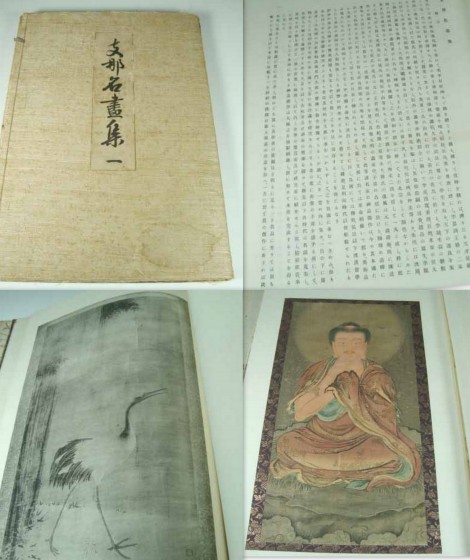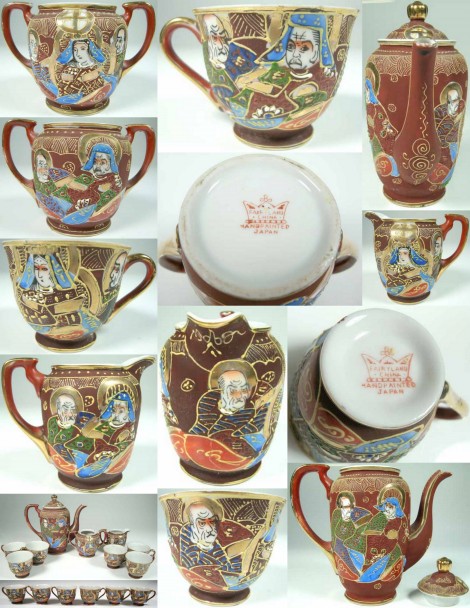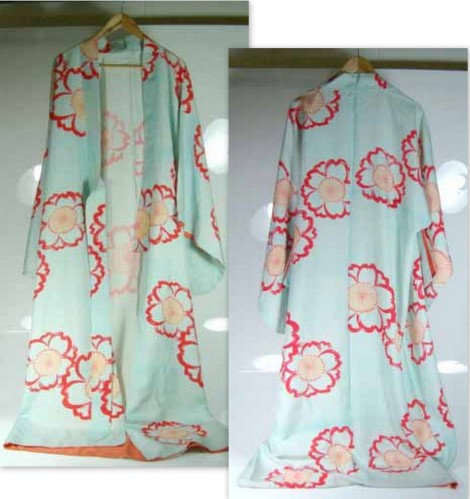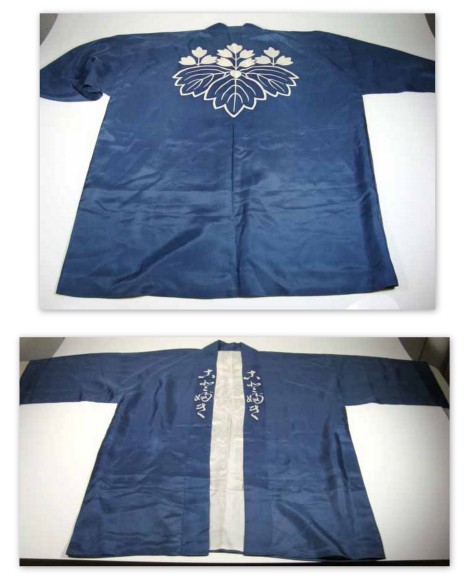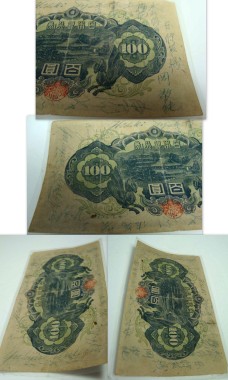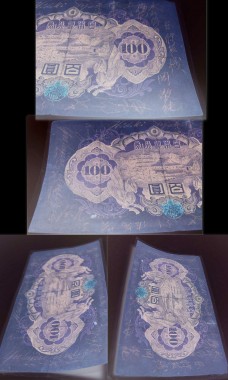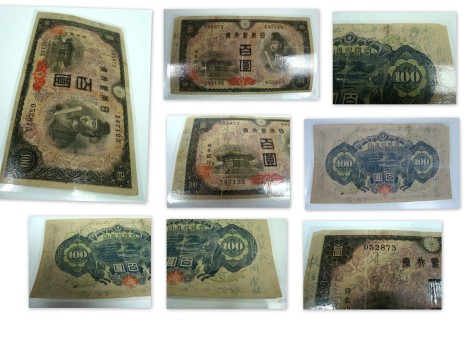
wwii 100 yen with signatures
Click here to see the auction
Up for auction is this unique Japanese 100 Yen bill with the signatures of 23 Japanese men convicted of war crimes. This select group included the infamous Hideki Tojo. This is an amazing piece of history. The father of the current owner served as a translator during WWII. When the war was over and the criminals were being held in jail awaiting their trial, these signatures were obtained personally by this man. The 100 Yen bill is also special due to the fact that it was used in Japan only during WWII. This bill has 23 signatures of Japanese war criminals, 22 that signed it are identifiable and are as followed:
1.) General Doihara Kenji (August 8, 1883 – December 23, 1948) was a Japanese spy who served in northeastern China from 1913 and who became a major military commander in Japan’s invasion of China over the following decades. He was one of the main plotters of the so-called Mukden Incident, the pretext for the Japanese invasion of Manchuria prior to the Second World War. After the war, Doihara was tried by the Tokyo tribunal for committing high war crimes and was sentenced to death (convicted on 8 counts). In the interim, he was imprisoned in Sugamo Prison. Then, on December 23, 1948, at the age of 65, he was hanged for his actions.
2.) Baron Hirota Koki (February 14, 1878–December 23, 1948) was a Japanese politician and the 32nd Prime Minister of Japan from March 9, 1936 to February 2, 1937. Following Japan’s surrender, Hirota was named a Class A war criminal and was brought before the International Military Tribunal for the Far East. He offered no defense. He was found guilty, sentenced to hang, and executed at Sugamo Prison.
3.) General Itagaki Seishiro (January 21, 1885 – December 23, 1948) was a Japanese military officer in the Guandong Army. He was condemned to death and hanged as a war criminal in 1948 by the International Military Tribunal for the Far East.
4.) General Kimura Heitaro (1888-1948) a Japanese army officer who played a major, although comparatively little-known role in Japanese planning and policy before and during World War 2. In the post-war trials of Japanese leaders, Kimura was accused of war crimes against Chinese civilians and Allied prisoners of war, and for his part in Japan’s aggressive policy during and after 1941. Found guilty, he was hanged in 1948.
5.) General Matsui Iwane (July 27, 1878 – December 23, 1948) was the commanding officer of the Japanese expeditionary force responsible for the Nanjing Massacre in 1937. In 1948, the International Military Tribunal for the Far East found him guilty of war crimes, and he was hanged that December at Sugamo Prison, alongside six others, including Tojo Hideki.
6.) General Muto Akira (1883 – 23 December 1948) was a Japanese army commander. After the Second World War, Muto was arrested and charged with war crimes. He was eventually convicted and executed by hanging on December 23, 1948.
7.) General Tojo Hideki (December 30, 1884 – December 23, 1948) was a General in the Imperial Japanese Army, an ultranationalist thinker, and the 40th Prime Minister of Japan; he served as prime minister during much of World War II, from October 18, 1941 to July 22, 1944. He was executed on December 23, 1948 after being sentenced to death for war crimes. Because of the crimes committed under his authority, Tojo is often considered responsible for the murder of more than 8 million civilians in China, Korea, Philippines, Indochina, and in the other Pacific island nations, as well as the murder of tens of thousands of Allied POWs and for the approval of government-sanctioned biological experiments on POWs and Chinese civilians. There is some controversy over the extent of his responsibility, as he often claimed to be working on the orders of Emperor Hirohito, who was granted immunity from war crimes prosecution. As a result, some believe that Tojo and many other convicted war criminals ultimately became martyrs for the Emperor.
8.) General Araki Sadao (May 26, 1877–November 2, 1966) was a Japanese soldier,member of nobility(Baron), politician, and political philosopher born in Tokyo. He was probably the most important of the Japanese Empire’s nationalist right-wing thinkers; possibly as equal to German Nazi ideologist Alfred Rosenberg. He was tried as a Class A war criminal and sentenced to life imprisonment but was released in 1955 for health reasons. He died 11 years later.
9.) Colonel Hashimoto Kingoro (1890-1957) was a Japanese soldier and politician. He had some participation in the Panay incident and was a fervent supporter of aggressive policies during the Second Chinese-Japanese War period. He was sentenced to life imprisonment by the International Military Tribunal for the Far East.
10.) Field Marshal Hata Shunroku (July 26, 1879 – died May 10, 1962), was a Japanese general during World War II. In 1948 he was sentenced to life as a war criminal. He died in 1962.
11.) Baron Hiranuma Kiichiro (September 28, 1867–August 22, 1952) was a Japanese politician and the 35th Prime Minister of Japan from January 5, 1939 to August 30, 1939.
12.) Kaya Okinori (1889-1977) Minister of finance, 1937-38, 1941-44; president, North China Development Company, 1939-1941. An early advocate of selling narcotics to the Chinese to finance the expenses of the occupation forces. Convicted on 5 counts. Paroled in 1955.
13.) Marquis Koichi Kido (1889-1997). Chief secretary to the Lord Keeper of the Privy Seal, 1930-37; minister of education, 1937; minister of welfare, 1938; minister of home affairs, 1939; lord keeper of the privy seal 1940-1945. Emperor Hirohito’s closest advisor during the most critical periods of the wars with China and the Allies. His secret diary, which he kept during all of his time at or near the seat of power, was the prosecution’s bible during much of the Tokyo trial. He was Paroled in 1955.
14.) General Kuniaki Koiso (March 22, 1880 – November 3, 1950) was the 41st Prime Minister of Japan from July 22, 1944 to April 7, 1945. After the war, he was captured by the Allies and tried by the International Military Tribunal for the Far East for war crimes. Upon conviction, he was given a sentence of life imprisonment. Koiso died in 1950 while serving his sentence.
15.) Admiral Oka Takasumi (1890 – 1973). Chief, Naval Affairs Bureau, 1940-44; vice minister of the navy, 1944; An important participant in planning the surprise attacks perpetrated by Japanese naval forces during the second week in December 1941. Also administered some POW and civilians to shoot survivors of torpedoed Allied ships. Paroled in 1954.
16.) General Oshima Hiroshi (1886 – 1975) was the Japanese ambassador to Nazi Germany during World War II — and unknowingly a major source of communications intelligence for the Allies. Although he enjoyed freedom briefly in his devastated country, he was arrested on December 16 and charged with war crimes. When brought to trial, he was found guilty of conspiring to wage aggressive war on November 12, 1948 and sentenced to life imprisonment. He was, however, paroled in late 1955 and granted clemency three years later. Oshima died in 1975, not knowing that he provided the Allies with invaluable intelligence during the war.
17.) General Sato Kenryo (1895-1975). Section head, then chief, Military Affairs Bureau, 1942-44; assistant chief of staff, China Expeditionary Force, 1944; army commander in Indochina, 1945. Paroled in 1956.
18.) Admiral Shimada Shigetaro (September 24, 1883 – June 7, 1976) was a Japanese admiral and, as Naval Minister of the Imperial Japanese Navy, was one of the leading members of the Imperial Japanese Navy during World War II. Shimada retired from active duty in January 1945 remaining in an advisory capacity for the remainder of the war. Shimada was sentenced to life imprisonment by the International Military Tribunal for the Far East and remained imprisoned until being released on parole in 1955.
19.) General Suzuki Teiichi (1888-1989). Chief, China Affairs Bureau, 1938-41; president, Cabinet Planning Board and minister without portfolio, 1941-43; adviser to the cabinet, 1943-44. An early and active supporter of militarism. Involved in Japan’s drug trafficking in China and approved the use of POWs and civilians as slave laborers. Paroled in 1955 and given a full pardon.
20.) General Umezu Yoshijiro (January 4, 1882 – January 8, 1949) was the chief commander of the Japanese army in World War II.
21.) Mamoru Shigemitsu (UNKNOWN) He, along with Yoshijiro Umezu, signed the instrument of surrender on September 2, 1945. He was later convicted of war crimes, and sentenced to 7 years imprisonment. He was paroled in 1950, and again served as Foreign minister (1954-1956).
22.) General Shigenori Togo 10 December 1882 – 23 July 1950) was Minister of Foreign Affairs for Japan at both the start and the end of the Japanese-American conflict during World War II. When the war against the United States was decided, he disliked pressing the responsibility of the failure of diplomacy against others, and signed the document of the declaration of war by his responsibility. He became the defendant of the International Military Tribunal for the Far East, as a war criminal for that. He was sentenced to 20 years for war crime charges and died of sickness from his confinement in prison.
In the 1980’s the Japanese government offered to buy this amazing item for $50,000 USD. The Yen has been laminated and is in excellent condition. Please refer to the photographs for further details.
MEASUREMENTS 6″ x 3.5″
